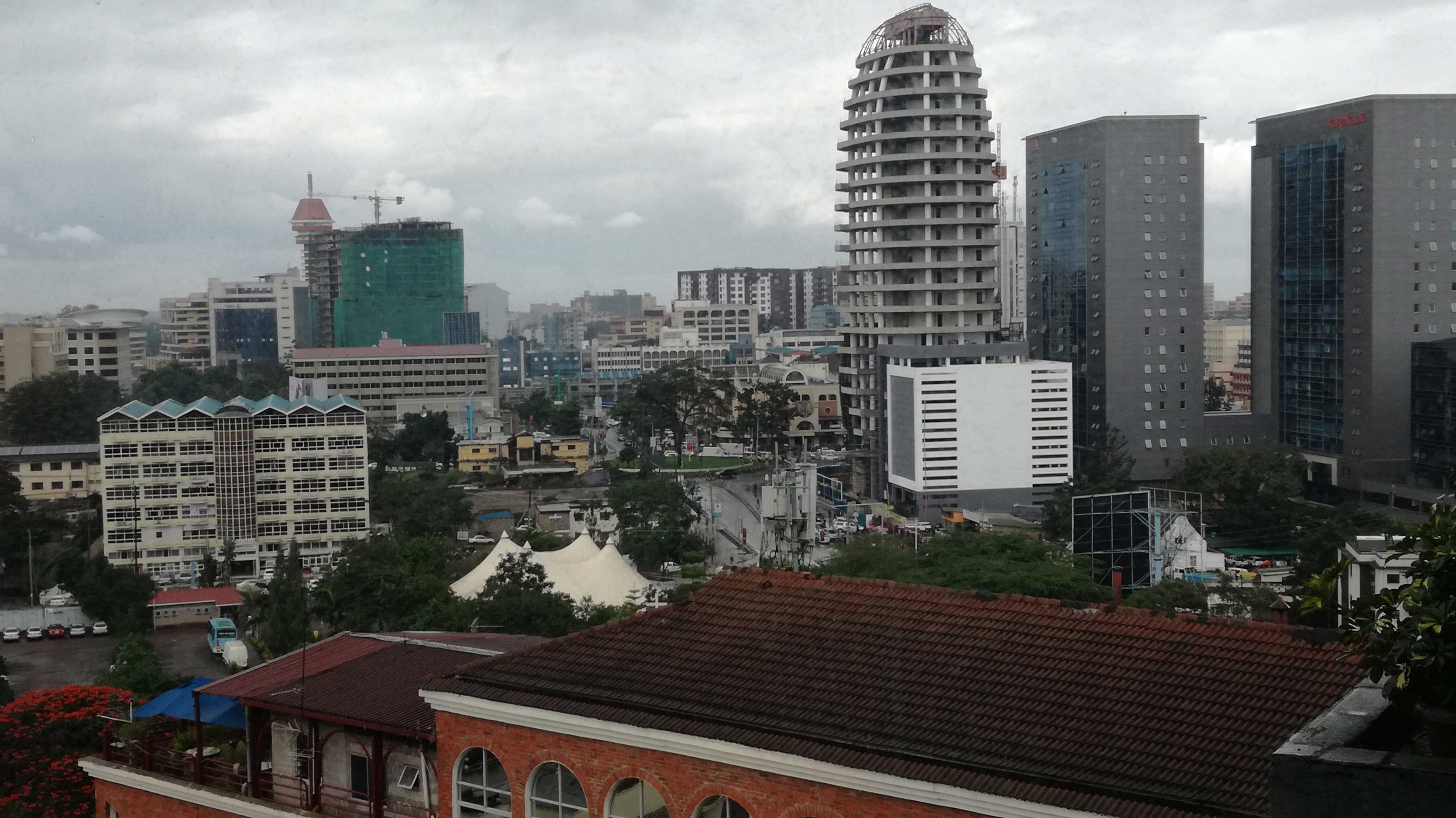A bit of exploring Nairobi
Staff writer GOSEGO MOTSUMI has been a part of the Women in News program by the World Association of Newspapers and News Publishers (WAN-IFRA) for the past year. After two national gatherings in Botswana and an online media course it was Kenya’s turn to host female journalists to participate in its Media Management Training and WIN Summit in Nairobi this past week funded by the The Swedish International Development Cooperation Agency (SIDA).
We jetted off the country in “The Pride of Africa”- Kenya Airways and landed safely at Jomo Kenyatta International Aiport at exactly 2200 hrs. The airport had changed drastically from what it used to be like back in 2012 when I was on transit from India to Johannesburg. My initial response to Nairobi was a feeling of familiarity, I felt immediately at home. The scenery was similar to that I had known but in a much bigger scale because of the many skyscrapers and the wildlife sculptures along the airport road hinted that the country is also reliant on wildlife tourism, just like Botswana.
The two-day Media Management training hosted at the same hotel we stayed in kickstarted bright and early the following day. The training helped consolidate what we learnt through the online
programme followed by the WIN Summit for Africa which provided the opportunity to network and share with WINners from 6 other Sub Saharan countries.
The reality is when it comes to women in the media the industry is failing short on several fronts. Despite there being as many women as men in the journalism profession, there are very few women in senior management positions. It was therefore concluded that media organisations needed to be proactive in improving gender balance in both their organisations and their content. “Women bring diversity to the team and limited participation of women in the media at senior levels means that the opportunity to harness and promote diversity is lost and the perspective of media coverage is limited to the male view on matters,” read the Women in News handbook.
Further discussions were carried out about the changing media landscape and how media houses can transition with the times, disruptions in the media scene, digital strategies, trusting the media in the digital era and industry solutions to sexual harassment were some of the insightful topics we engaged in. To me there were eye-opening lessons I looked forward to practicing in my media career.
Exploring Nairobi
Even though we were in Nairobi for business the explorer in me was crying out. After attending the day long sessions, I had no time for rest. I had heard about Nairobi’s epic night life and Westlands was suggested by one hotel employee. After the WIN progam’s cocktail session where we mingled and made contacts with other women journalists an Uber was ready to take us to the unknown. After driving around for what seemed like an eternity Molly’s Pub was our final destination. Alas! we had come at the wrong time (weekday), the spot was empty and apparently it becomes a beehive of activity on weekends. I guess we were just excited about the fact that we were at a foreign hangout spot that will not be closing anytime soon.
My university roommate and friend Akinyi Gathoni, from Kenya suggested we go to the Maasai market after the summit sessions on our last day in Kenya. The country is well-known for its bad and exhausting traffic jam and getting to the market was a mission but that was also an opportunity to see the city. Nairobi is full of ambitious property developments: residential high-rises, office parks and especially malls, which was quite impressive. The open air Maasai market is smack bang in the centre of town and we found Maasai beadwork, paintings, and fabrics with East African prints, wood-carvings, many hand-made crafts in Kenya by local artisans. It was surprising that I only saw one Maasai man donning his traditional attire, striding through the market resplendent in traditional Maasai dress with a knife, knobkerrie and a cellphone in his belt. ‘Karibu’ he yelled and for a ‘small’ fee he wanted to sell me his beadwork. The market was colourful, chaotic and not for the timid as there is some serious bargaining but Akinyi was there with her bargaining skills topped by her fluent Swahili. We managed to buy some souvenirs at great deals with some sticking to ‘no’ because the deal was beyond their profit-making price. The market uses cloth bags instead of plastic bags to package buys, “After ten years and several attempts, Kenya’s plastic bag ban is now firmly in place in a bid to reduce the country’s plastic pollution,” Akinyi explained.
I also found out that Kenyans love their meat, Nyama in Swahili and best of all they like it choma (literally burnt but barbequed). We were treated to classical Kenyan eating experience nyama choma at a Brazilian steakhouse, Fogo Gaucho the night before our departure at 3am. With the Fogo experience you have a seat, when you are ready to have a meal you head on to the full buffet and select from the soup of the day, imported cheese, a wide variety of salads then head back to the table. Back at the table you flip your card to green when you are ready for the grilled meats to be served; turn to red for a break or to stop completely. Once you flip your card to the green side 16 cuts of charcoal grilled meats start flowing to your table and I must highlight that it was at this point where tasted crocodile meat. It tasted like an organic chicken’s breast. Before that, I ate lamb leg, pork shoulder, beef sausages, beef ribs, grilled turkey, beef hump and many more.

